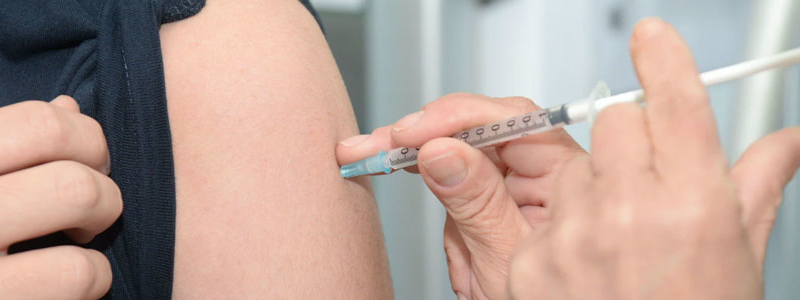Fear Is How You Frame It
For another lesson of the COVID-19 experience consider how critical the public narrative is. With the help of the Internet, we were already beginning to understand how this works. Homelessness, war, race relations, sexual assault… these things vary in how desperately important they are seemingly dependent on which party controls the White House.
Joe Nocera (of all columnists) wrote recently that the pandemic of 1968 hardly registered in his young memory:
And yet there was one. It was called the H3N2 virus — less formally, the Hong Kong flu — and it took a significant toll. The Centers for Disease Control and Prevention has estimated that 1 million people died worldwide, 100,000 in the U.S. Conditions in large U.S. cities sound similar to what they’re going through now, with overwhelmed hospital workers, millions of people getting sick and the elderly most likely to die.
When I first read about this pandemic, I could scarcely believe I had missed it. According to a recent article in the Wall Street Journal, the virus wreaked havoc in Europe, with French manufacturers suffering severe disruptions and West German garbage collectors burying the dead because there weren’t enough undertakers. In the U.S., the New York Times reported, the Citadel had to suspend classes because 165 cadets came down with the virus. Absenteeism in Los Angeles schools rose as high as 25%. In Boston, where I would soon be headed to college, university infirmaries were said to be filled with ill students. Tallulah Bankhead was a prominent victim of the virus.
Jeffrey Tucker beat Nocera to the punch a few weeks ago, emphasizing that “Woodstock Occurred in the Middle of a Pandemic.” The contrast is jarring as we watch Baby Boomers and young progressives shame relatively small groups of college students for not social distancing. If a toned down St. Patrick’s Day celebration in Newport was too much to bear these days, imagine how that historic mud-and-drug-drenched petri dish would have fared under the modern spotlight. It wasn’t just the ’60s. Michael Barone reminds us of the flu epidemic a decade earlier, too.
We look to each other to understand how to behave, and even those of us who are skeptical of the need to shut down the planet have found it difficult not to… well… hedge. When the word goes out that it’s panic time, people tend to panic, or at least not to go about life casually.
With COVID-19 and the Internet, we’re able to watch the narrative construction in real time. Consider a relatively new wrinkle: “Children with a rare but potentially dangerous complication thought to be linked to the coronavirus have now been identified in at least seven states and the Washington, D.C., area,” as NBC News put it on May 7. Around that time, people were beginning to look more closely at the data for COVID-19 and point out that it seemed almost entirely to be a danger to older people, especially those with other conditions. That being the case, the shutdown was beginning to seem like an overreaction, and one that may have put vulnerable people in peril because we weren’t adequately focused.
On May 20, CNN put the number of cases of children with (possibly) COVID-19-related pediatric multisystem inflammatory syndrome at fewer than 200. Yet, the news was everywhere. How should we process this information?
One topical comparison case comes to mind: vaccinations. Many people around the planet are looking for a vaccine as the miracle drug that will let us feel safe on Earth again, so the echos of years of dispute are gaining in volume. The much-vilified anti-vaxxers have pointed to anecdotes of side-effects, and the people doing the vilification have dismissed their concerns as overwrought and dangerous. One needn’t offer an opinion on that long-standing dispute to suggest that it’s going to come back with a vengeance when the narrative insists we vaccinate our families against COVID-19.
But as a comparison case, consider that the CDC reports that 8,139 children across the country had adverse reactions to vaccines in 2019, resulting in at least a doctor’s visit. Of those, 791 cases were considered “serious” and included 301 hospitalizations, 57 permanent disabilities, 61 life-threatening cases, and 28 deaths. How easily the news media could make something of that if experts, ideology, or politics led them to promote such facts with the tallies, headlines, and persistence that they’re applying to COVID-19.
To be sure, none of this should be taken to downplay the risks of this disease or any other that may come along, or to overstate the dangers of vaccines. However, as we claw back our liberty little by little in the months ahead, we must adjust for the degree to which our opinions (and those of our neighbors) can be swayed by the Zeitgeist.




